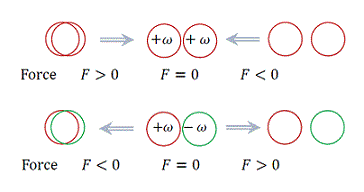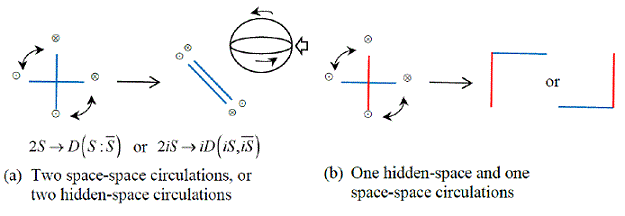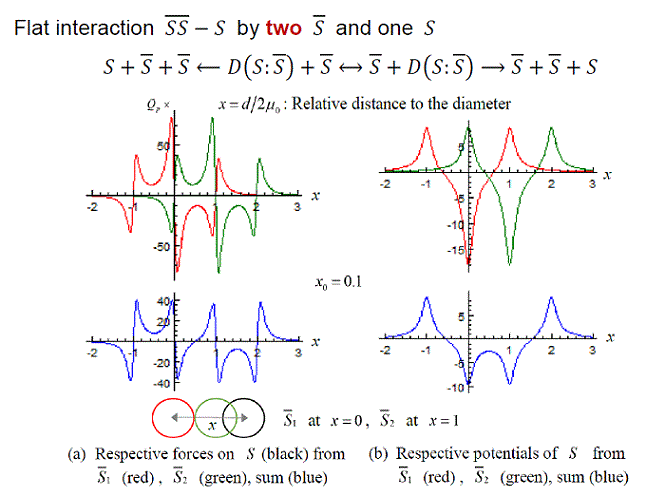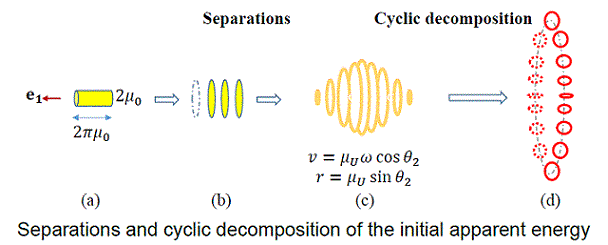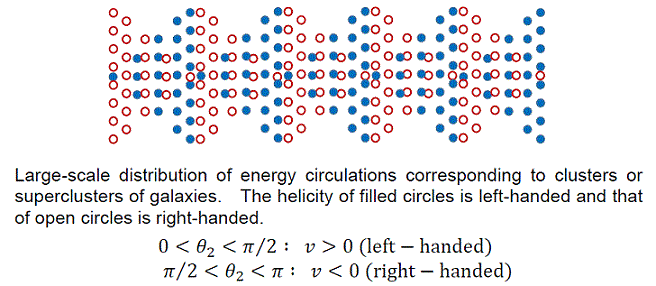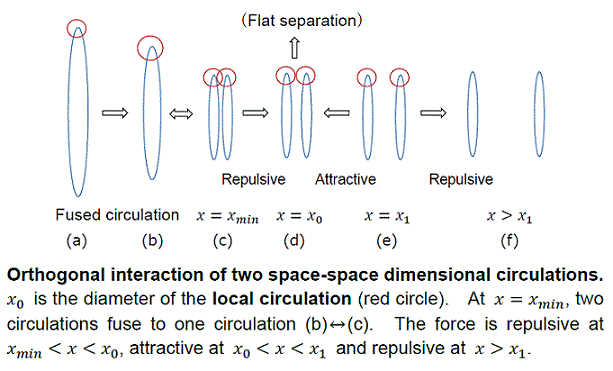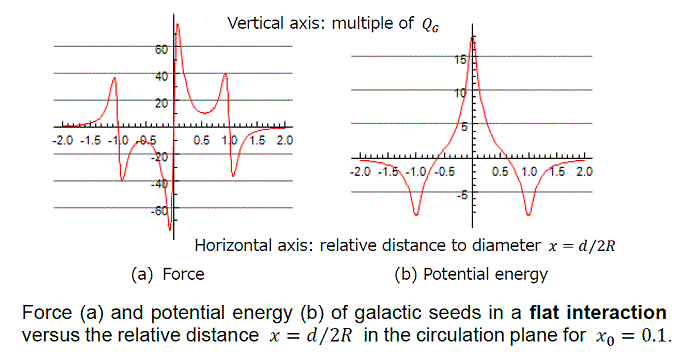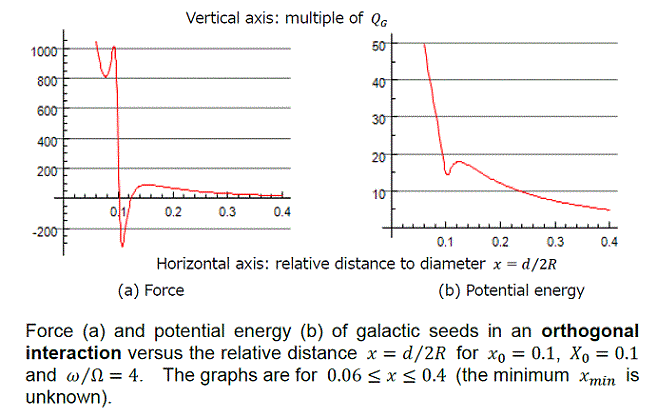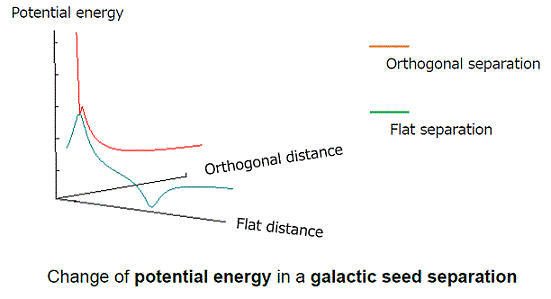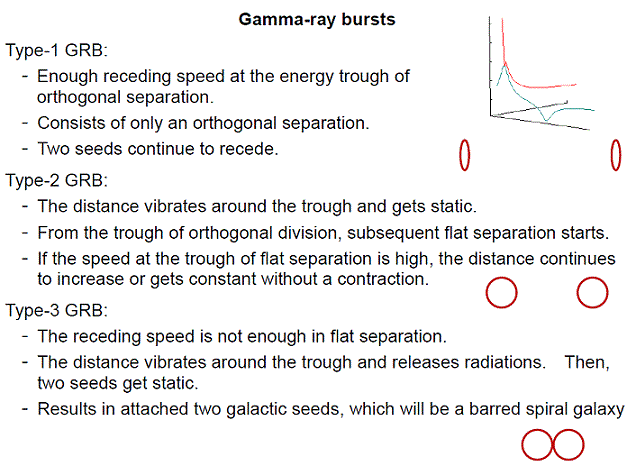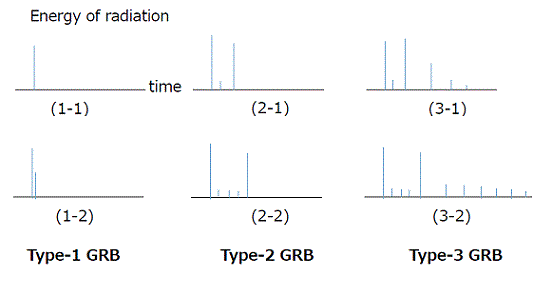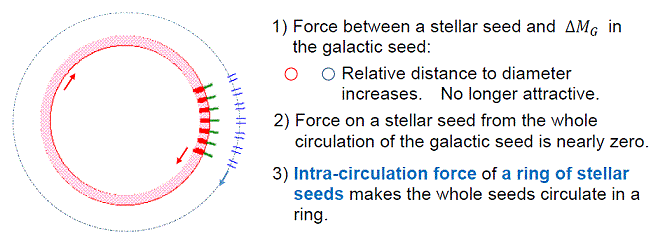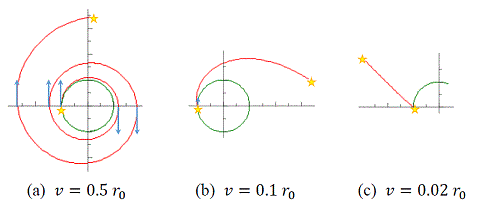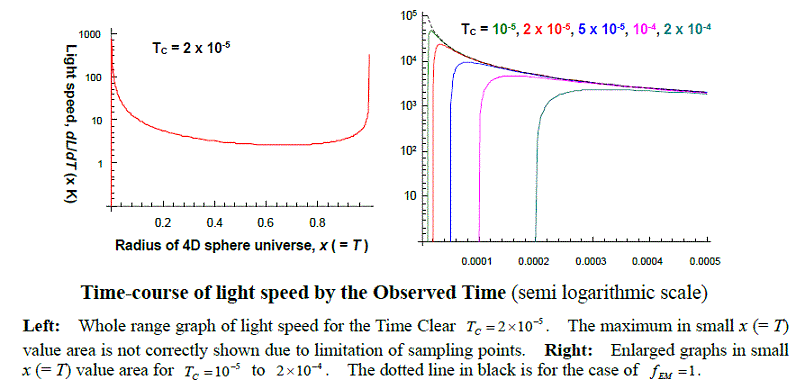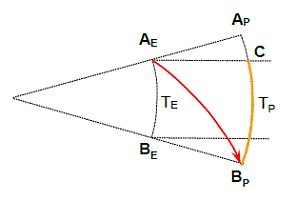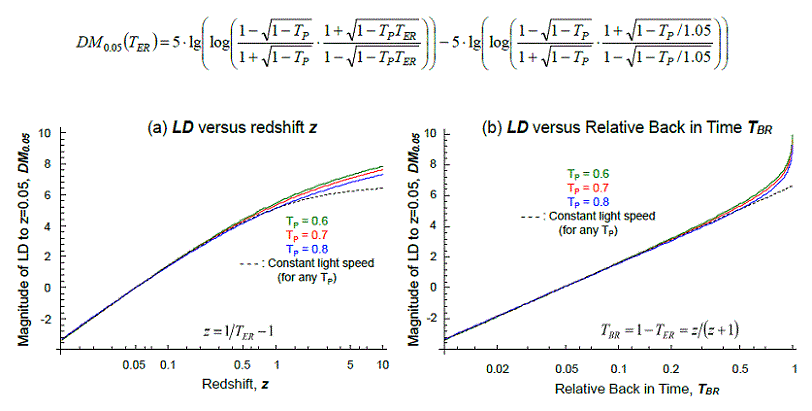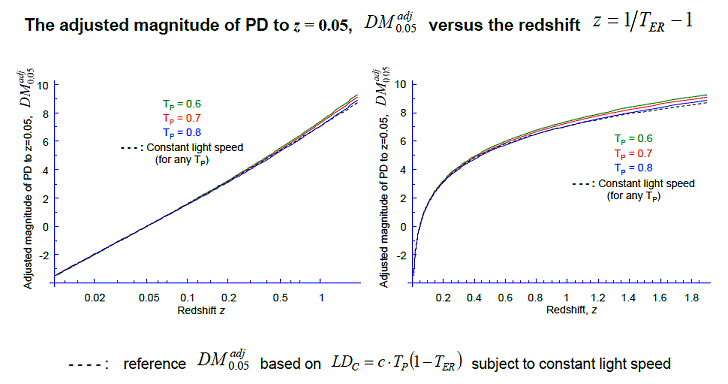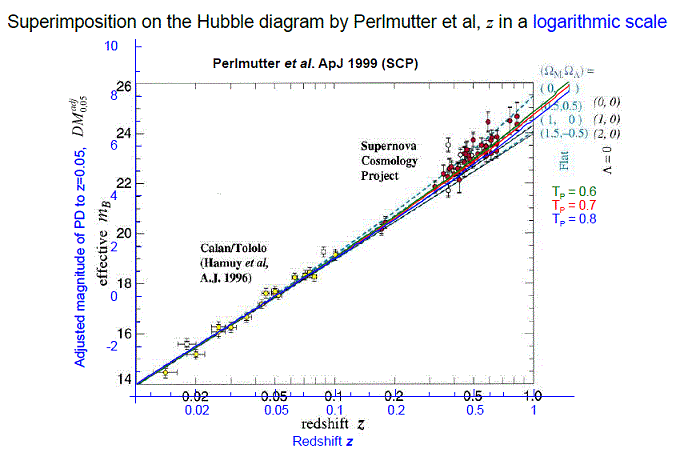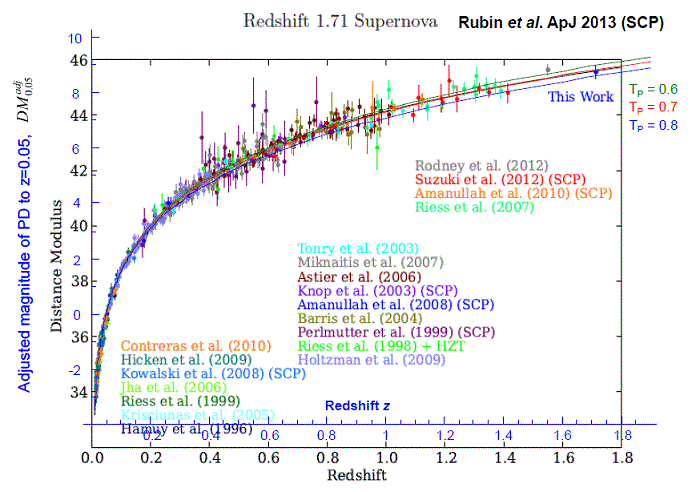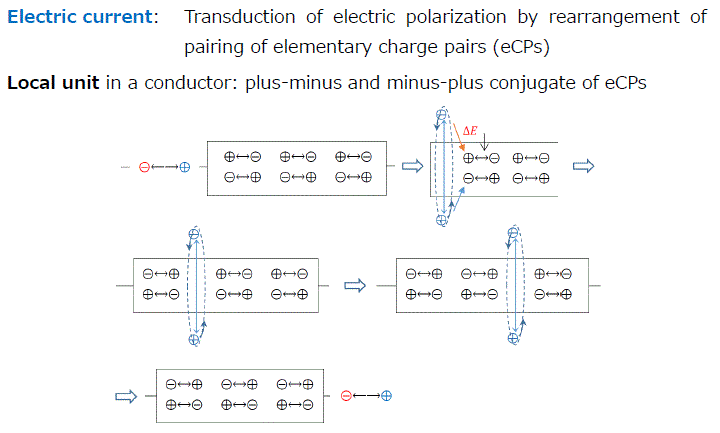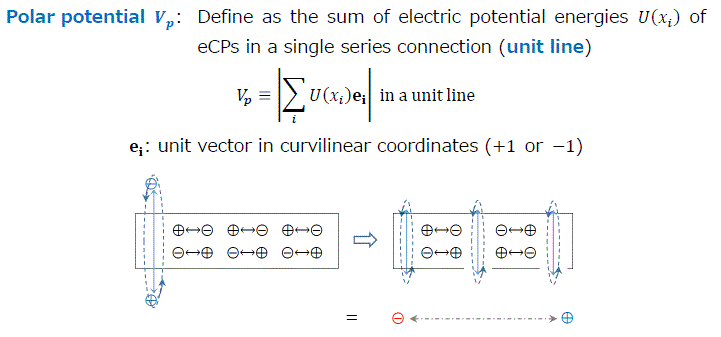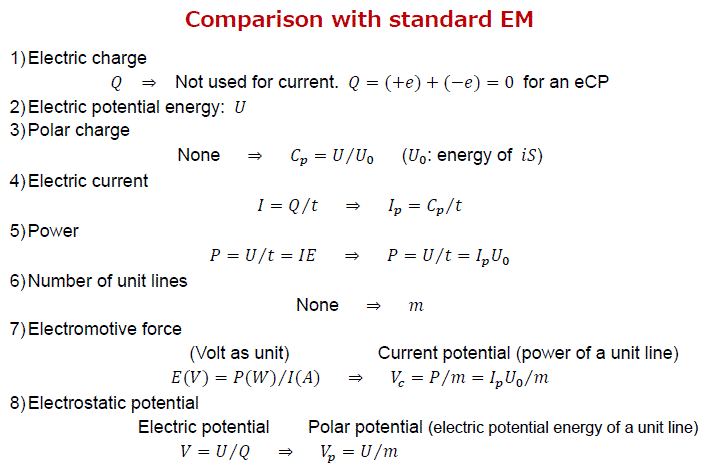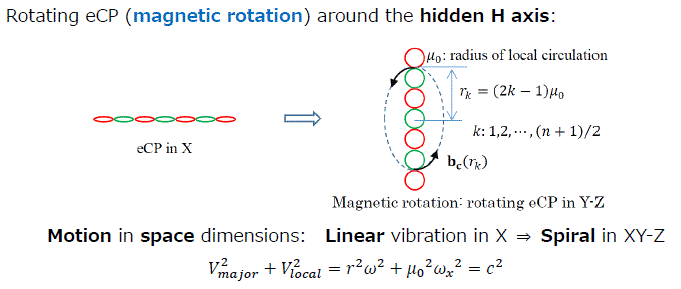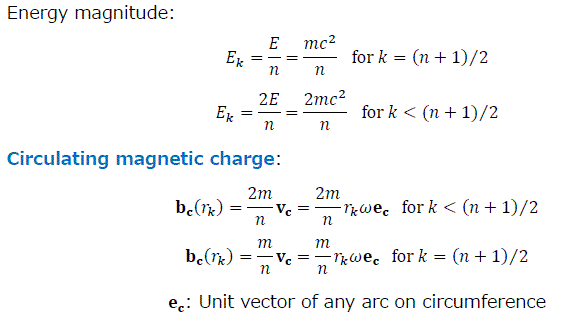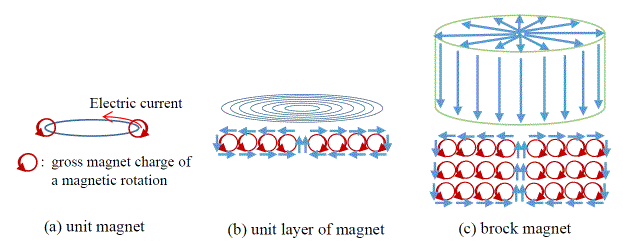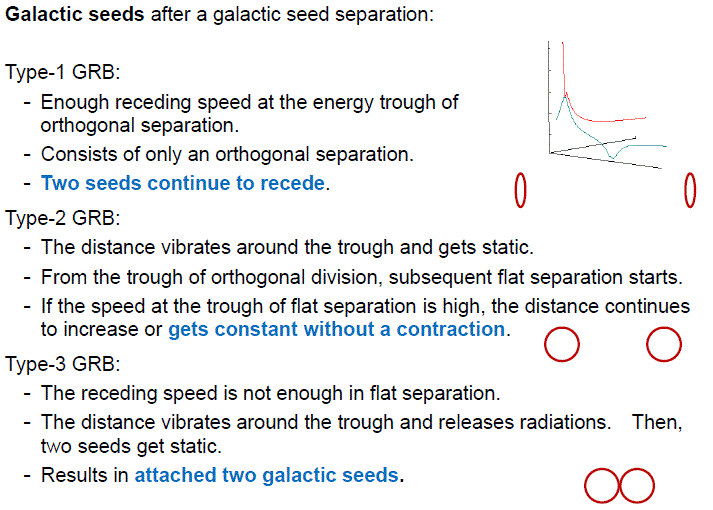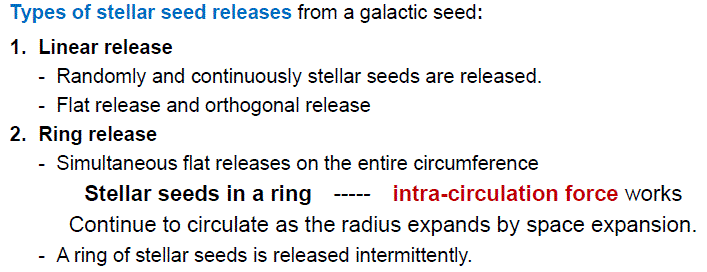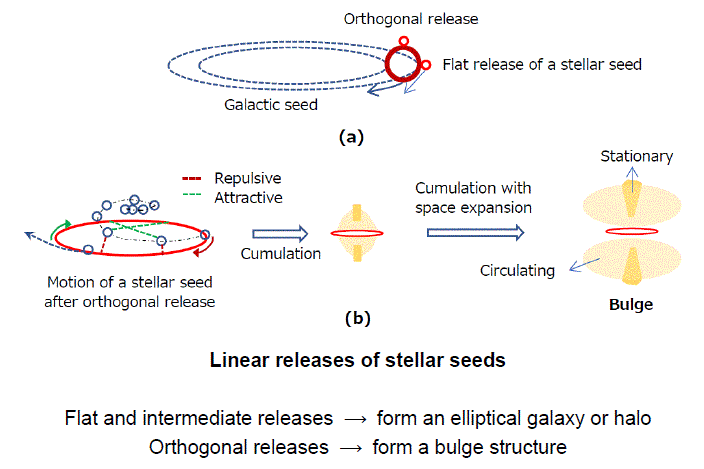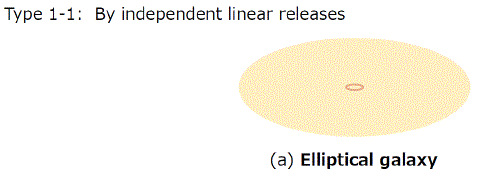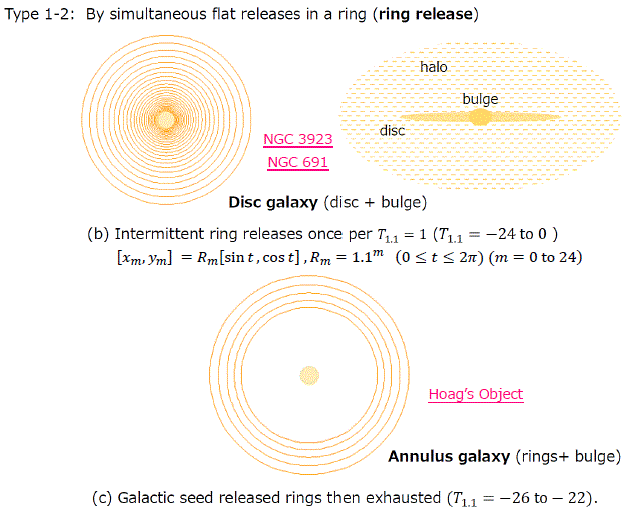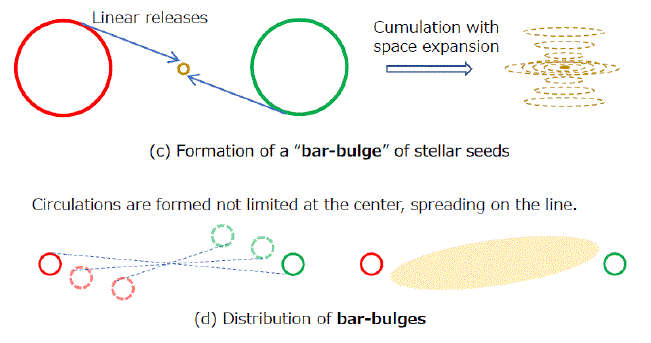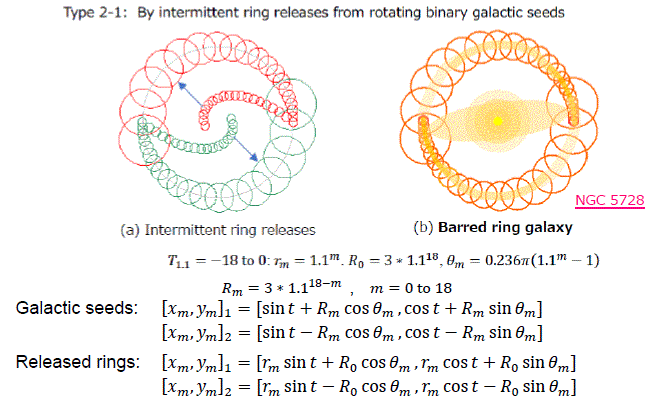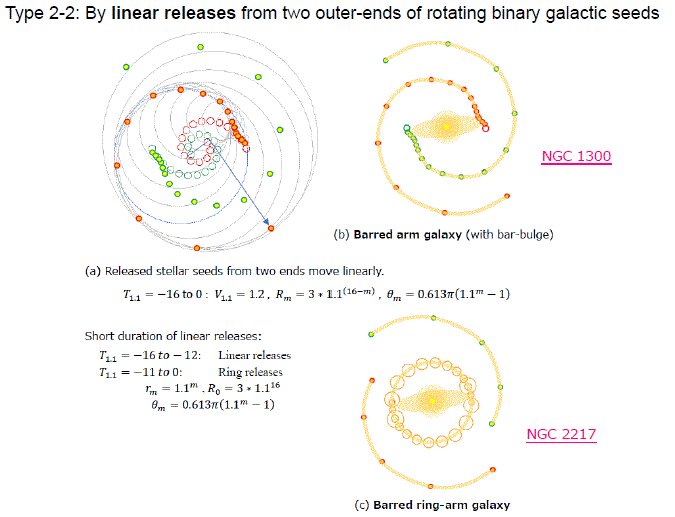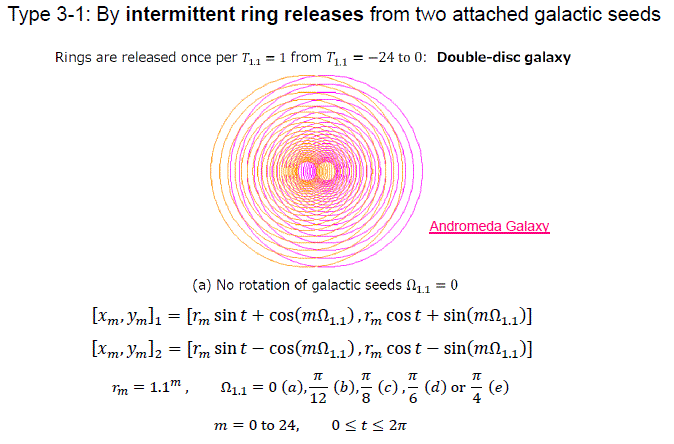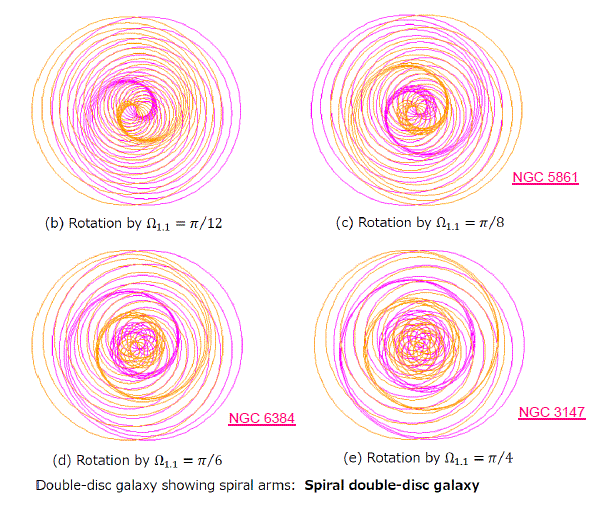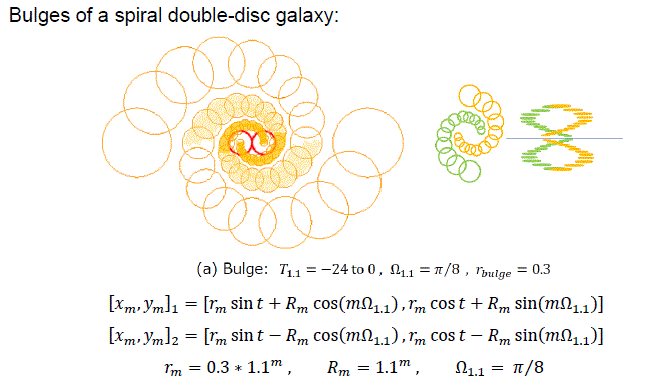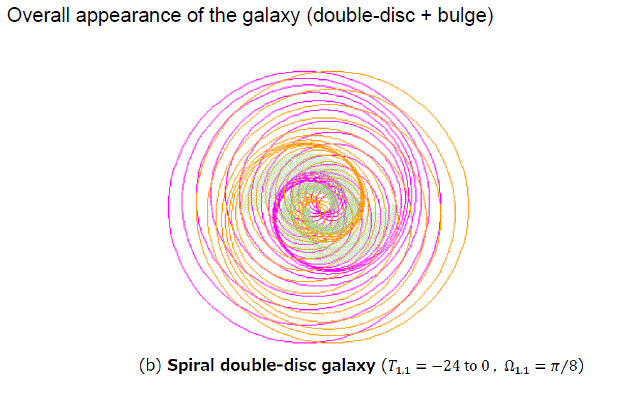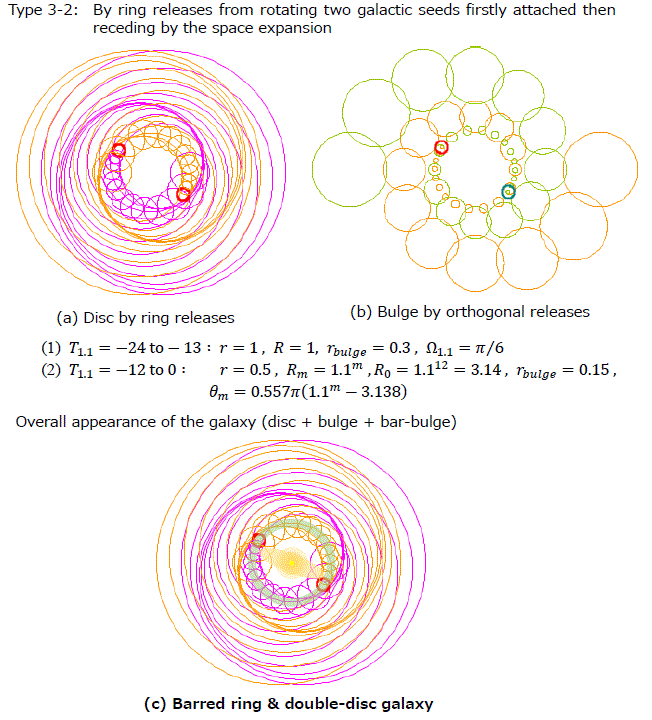Introduction - Index
Index
- Introduction
- What is the energy?
- Intrinsic energy and mass
- Force working between energies
- Fundamental force and energy circulation
- Interactions between energy circulations
- Cosmic separation to two universes
- Universe of 3D surface of 4D sphere
- Space energy and spacia
- Propagation of an apparent energy
- Fundamental constants and varying light speed by time
- Space expansion is not accelerating
- Beginning of wandering modern physics
- Momentum in the hidden dimension
- Electric charge and electric force
- Prolongation of the hidden-space circulation iS
- Rotation of prolonged circulation n-iS
- About the light
- Elementary circulation and quantum particle
- Structure and stability of neutron
- β decay of neutron: generation of proton and electron
- Wave function showing a location in the real space
- Orbiting of an energy circulation
- Characteristics of wave function and that for orbiting
- Energy of atomic electron
- Quantization of atomic orbital and its radius
- Wave functions of S and P orbitals
- Wave equation giving a wave function
- Contradictions of the Schrödinger equation
- Summary of the new quantum mechanics
- Problems of the existing quantum mechanics
- Fiction of the uncertainty principle
- Separation and cyclic decomposition of early circulations of universe
- Energy expression of a galactic seed
- Separation of a galactic seed
- Flat interaction of galactic seeds
- Orthogonal interaction of galactic seeds
- Energy radiation from a galactic seed separation
- Gamma-ray burst
- Release of stellar seeds from a galactic seed
- Circulating velocity of stars in a spiral galactic disc
- Cosmic microwave background
- Energy circulation theory and the standard cosmology
- Division to space energy and apparent energy
- Light speed variation over time 1: Time
- Light speed variation over time 2: Formula of the light speed
- Redshift
- Light propagated distance and present distance
- Hubble diagram 1: Distance modulus
- Hubble diagram 2: K-correction
- Hubble diagram of supernovae and expected values
- Isolated electric charge or electrostatic force does not exist
- What is the electric current?
- Propagation model of polarization energy
- Polar potential
- Definition of the electric current
- Current potential
- Comparison with standard EM
- Magnetic charge
- Magnetic charge density
- Rotating magnetic charge associated with an electric current
- Magnet
- Formation of shapes of galaxies: Types of galactic seeds
- Types of stellar seed releases
- Single galactic seed – Ring releases
- Rotating binary galactic seeds – Formation of bar-bulge
- Rotating binary galactic seeds – Ring releases
- Rotating binary galactic seeds – Binary-end linear releases
- Attached galactic seeds - Ring releases
- Bulges of a spiral double-disc galaxy
- Attached-then-binary rotating galactic seeds – Ring releases
---- (Energy circulation theory) ----
------ (Universe from ECT) -------
----------- (Particle) ---------------
------- (Quantum mechanics) -------
------- (Cosmic evolution) ---------
-------- (Hubble diagram) ----------
-------- (Electromagnetism) ---------
--- (Formation of galaxy shapes) ----
In physics, if a certain law is proposed and contents derived from it logically and mathematically meet real measured results, they regard that the law should be correct. There is a pitfall here, whether the law is made up of defined elements. For example, Newton's law of universal gravitation gives a force acting between two masses. But is the mass defined? Newton's law of motion indicates the acceleration that a force exerts on mass. The mass is obtained from the measured values of force and acceleration by this law of motion. In fact, the mass is not defined but self-circulates between the two laws. On the other hand, the theory of relativity states the equivalence of mass and energy. However, the energy is not uniquely defined, and is secondarily derived from mass, acceleration, force, and so on.
It is presumed that what we are conceiving as the mass and energy are the elements of the laws. Therefore, it is speculated that these laws should indicate real physical events. However, in the particle decay, the initial particle state is described by undefined elements. The state after the collapse is described by similar elements, and a law of force and potential that derives this decay process is proposed. The law is claimed as correct because it can derive the experimental results. Actually, this is the end of the story, and the law is obtained so that the experimental results can be derived. If the element that defines the state is real, it is physically meaningful. However, if a completely fantasy element is specified, the law derived from it becomes impossible as a physical law even if it is mathematically possible.
There are too many serious unsolved problems with the existing standard physics. Not only dark matter and dark energy, there are many points that we cannot explain even on the formation of spiral galaxies and gamma-ray bursts. Let's take off the existing concepts temporally and think about the laws of physics, starting with the definition of an element that can be the first starting point.




